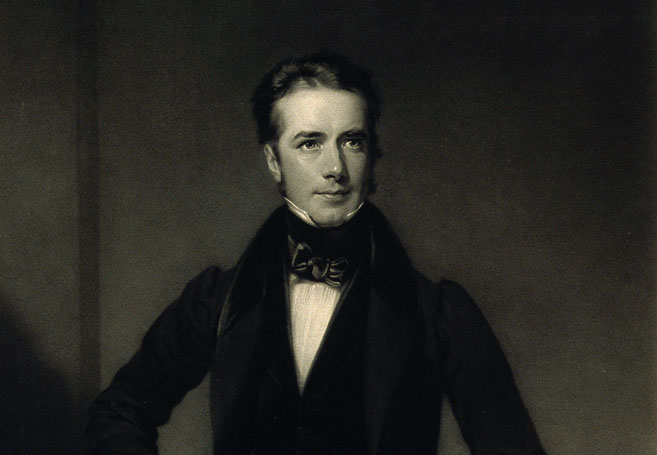Limelight is a type of stage lighting once used in theatres and music halls. The term is traced to an innovation from the 1820s where inventors discovered that a cylinder filled with quicklime (calcium oxide) will emit a bright incandescent light when burned at high temperatures. But it was Scottish engineer Thomas Drummond who had the idea of focusing and redirecting the light through the use of lenses. Drummond’s initial idea was that focused “limelight” would be ideal for surveying, and he even tried to adapt it for use in lighthouses (although this idea proved to be impractical). Also nicknamed the “Drummond light”, these new limelights became most popular for use inside theatres and opera houses. Although they have been replaced by electric lights, to this day they are still known to this day as “limes”.
Watch This Fascinating Explanation Of Where The Term “Limelight” Comes From
Brent Lambert
Writer, editor, and founder of FEELguide. I have written over 5,000 articles covering many topics including: travel, design, movies, music, politics, psychology, neuroscience, business, religion and spirituality, philosophy, pop culture, the universe, and so much more. I also work as an illustrator and set designer in the movie industry, and you can see all of my drawings at http://www.unifiedfeel.com.


